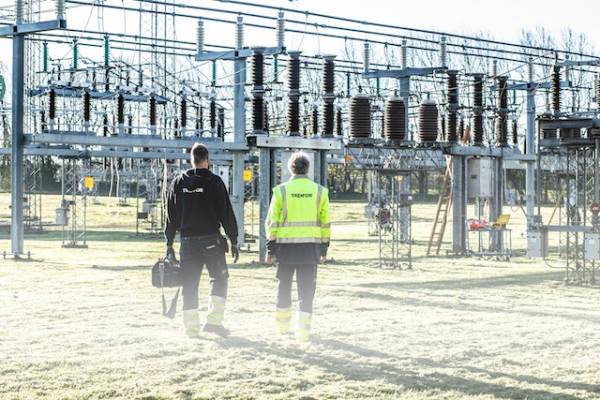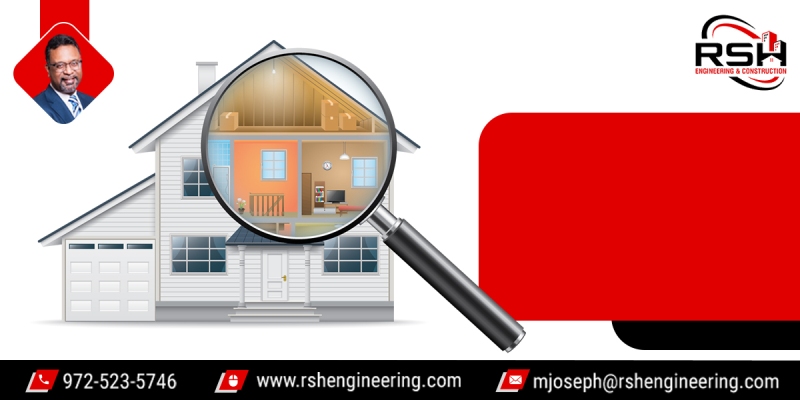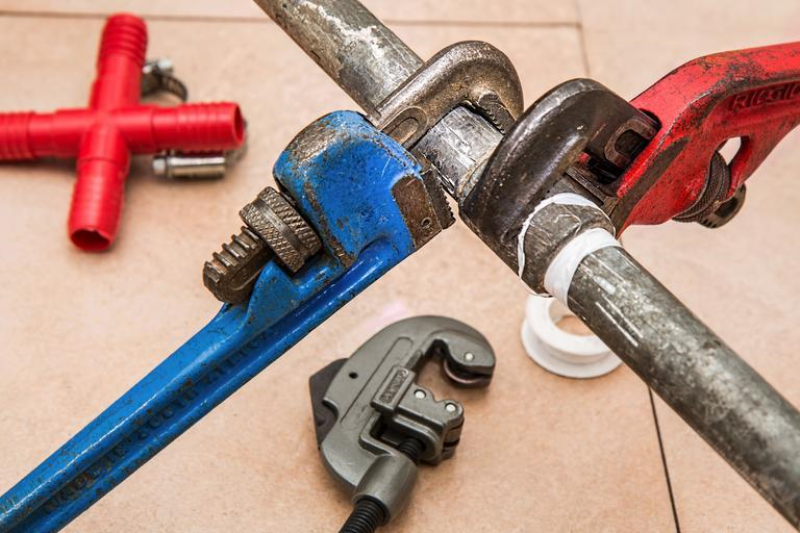Substations are an essential part of the electrical grid, and they are used to convert, distribute, and protect electricity. As electricity is generated, it is sent to substations where it is then distributed to homes and businesses. Additionally, substations are responsible for protecting the power grid from any damage or disruption caused by storms or other events.
In this blog article, you will explore what substations are, the components they are made of, their advantages and uses, safety regulations, and maintenance and inspection requirements.
What Is a Substation?
A substation is an electrically-isolated area of the power grid that is used to convert, regulate, and distribute electricity. They are typically located near power plants and other sources of electricity, and they are responsible for sending electricity to homes and businesses.
Substations can be either indoor or outdoor. Outdoor substations are generally used for high-voltage transmission, while indoor substations are used for lower-voltage distribution. Substations can also be classified based on their function, such as step-up, step-down, and interconnection substations.
Types of Substations
There are several different types of substations that are used for different purposes.
Step-up substations are used to convert low-voltage electricity from the power plant to high-voltage electricity for transmission across the power grid. Step-down substations are used to convert high-voltage electricity from the power grid to low-voltage electricity for distribution to homes and businesses.
Interconnection substations are used to connect two or more power grids together, allowing for the sharing of electricity. These substations are often used to connect different parts of the country together or to connect different countries together.
Components of a Substation
Substations are made up of several components that work together to convert, distribute, and protect electricity. The first component is the transformer, which is responsible for converting the voltage of the electricity. Transformers consist of two coils of wire, a primary coil and a secondary coil, which are separated by an insulating material. When electricity is sent through the primary coil, it induces a current in the secondary coil, which is then used to send electricity at a different voltage.
The second component is the switchgear, which is used to control the flow of electricity. This includes breakers and switches that can be used to isolate parts of the power grid in the event of an emergency.
The third component is the protective relays, which are used to detect any faults or disruptions in the power grid. These relays are programmed to detect any abnormal behavior, and if a fault is detected, the relays will send a signal to the switchgear to isolate the faulted part of the power grid.
Finally, substations also have control systems that are used to monitor and control the flow of electricity. These systems can be used to adjust the voltage of the electricity and to monitor the performance of the other components of the substation.
Advantages of Substations
Substation construction is beneficial for several reasons. First, substations help to make the power grid more efficient, as they convert electricity to the correct voltage for transmission or distribution. This helps to reduce the amount of electricity that is lost during transmission and ensures that electricity is sent to the correct location.
Second, substations help to improve the reliability of the power grid. By using protective relays, any faults or disruptions can be detected and isolated quickly, helping to minimize the amount of downtime caused by power outages.
Finally, substations also help to reduce the amount of electricity that is wasted, as they can be adjusted to provide the correct amount of electricity for the situation. This helps to reduce electricity costs and increase the efficiency of the power grid.
Safety Regulations for Substations
Substations are hazardous environments and must be treated with caution. As such, there are several safety regulations that must be followed when working in or around a substation.
First, all personnel must wear the appropriate safety gear, such as protective clothing and hard hats. Additionally, all personnel must be adequately trained in the operation of the substation and the use of protective gear.
Second, all personnel must be aware of the hazards associated with the substation, such as high-voltage electricity, and must be trained to recognize and avoid them. Finally, all personnel must follow the proper safety procedures when working in or around the substation.
Maintenance and Inspection of Substations
Substations require regular maintenance and inspection to ensure that they are operating correctly and that all safety regulations are being followed.
First, all components of the substation must be inspected regularly to ensure that they are functioning correctly. This includes inspecting the transformer, switchgear, protective relays, and control systems for any signs of damage or wear.
Second, all safety equipment must be inspected regularly to ensure that it is in good working order. This includes inspecting protective clothing and hard hats for any signs of wear or damage.
Finally, all personnel must be trained in the proper operation of the substation and must be familiar with the safety regulations. This helps to ensure that all personnel are aware of the hazards associated with the substation and are properly trained to recognize and avoid them.
Conclusion
Substations are an essential part of the power grid, and they are used to convert, distribute, and protect electricity. They are made up of several components, such as transformers, switchgear, protective relays, and control systems. They have several advantages, such as improved efficiency and reliability, and they are used for a variety of purposes, such as connecting two or more power grids together.









